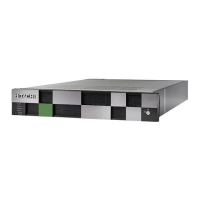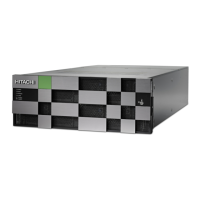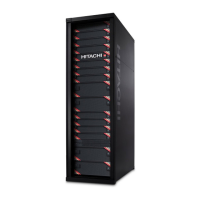Appendix A: Server replacement procedures
The replacement of the server as part of a eld service process can take several forms
depending on ho
w the system was originally deplo
yed. The typical eld deployment
scenarios documented for service replacement include:
■
Single stand-alone server using an embedded SMU for management
■
Single stand-alone server using an external SMU for management
■
Two-node cluster using an external SMU for management-replacing only one node
■
Two-node cluster using an external SMU for management-replacing both nodes
Important: This document does not tr
eat migr
ation scenarios between
dierent congurations at the time of replacement.
Replacement procedure overview
This section highlights the r
equir
ements and considerations when replacing nodes.
Requirements
Any personnel attempting the following procedures must have completed the necessary
training before proceeding. Much of the process required for a server replacement is the same
process covered in installation and conguration training. No personnel should attempt to
r
eplace a unit without adequate tr
aining and authorization.
Determine which replacement scenario is being encountered in advance. The
replacement process is dierent for each scenario.
Acquire the temporary license keys before arriving onsite to expedite the server
replacement. The license keys are necessary because they are based on the unique MAC
ID for the server or cluster. New license keys are not required when replacing one server
in a cluster.
Note: Replacement servers ar
e shipped without an embedded system
management unit (SMU), so you must have a SMU installed befor
e you can
connect to a standalone server.
Appendix A: Server replacement procedures
Hitachi NAS Platform and Hitachi Unied Storage Series 4000 Hardware Reference 87

